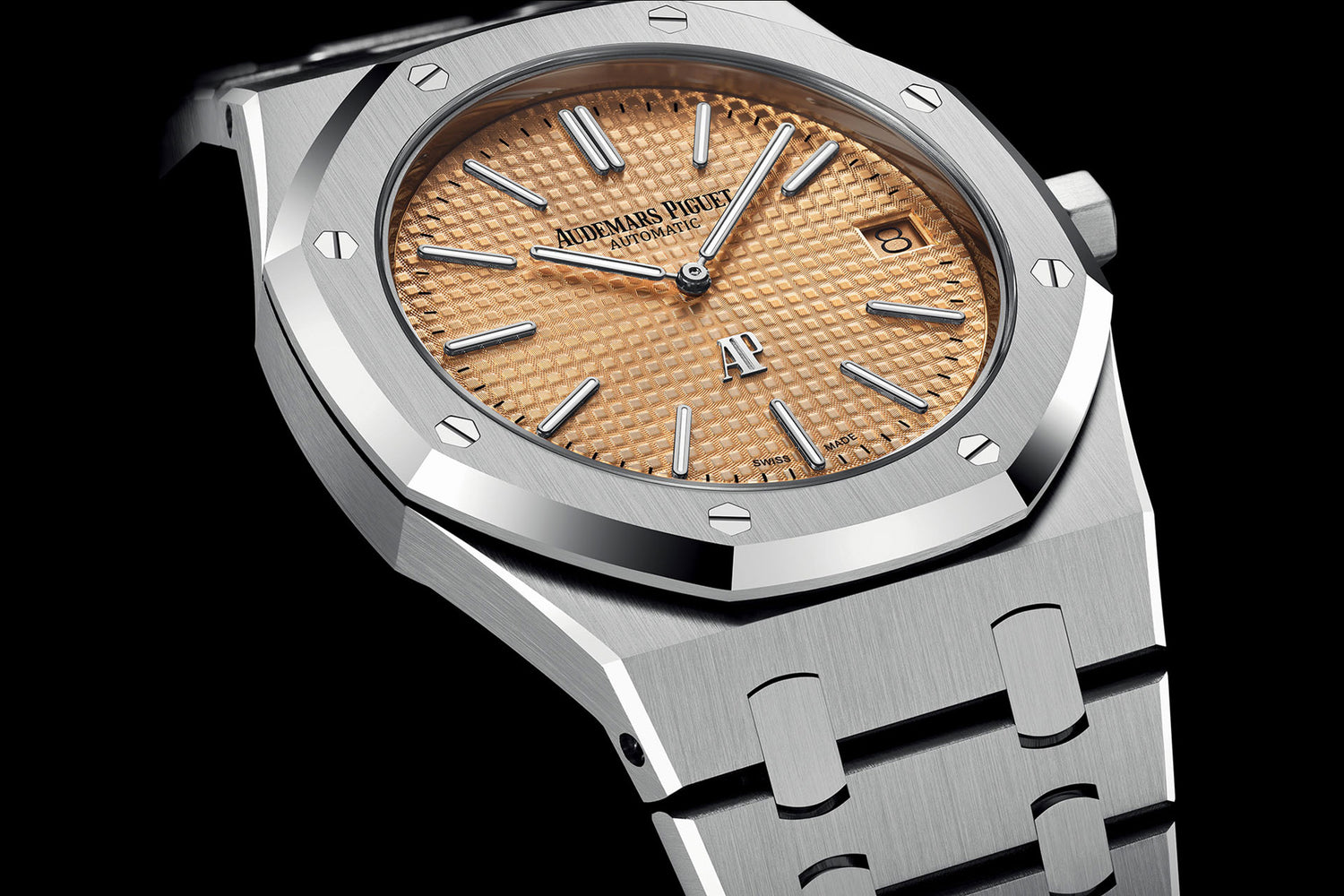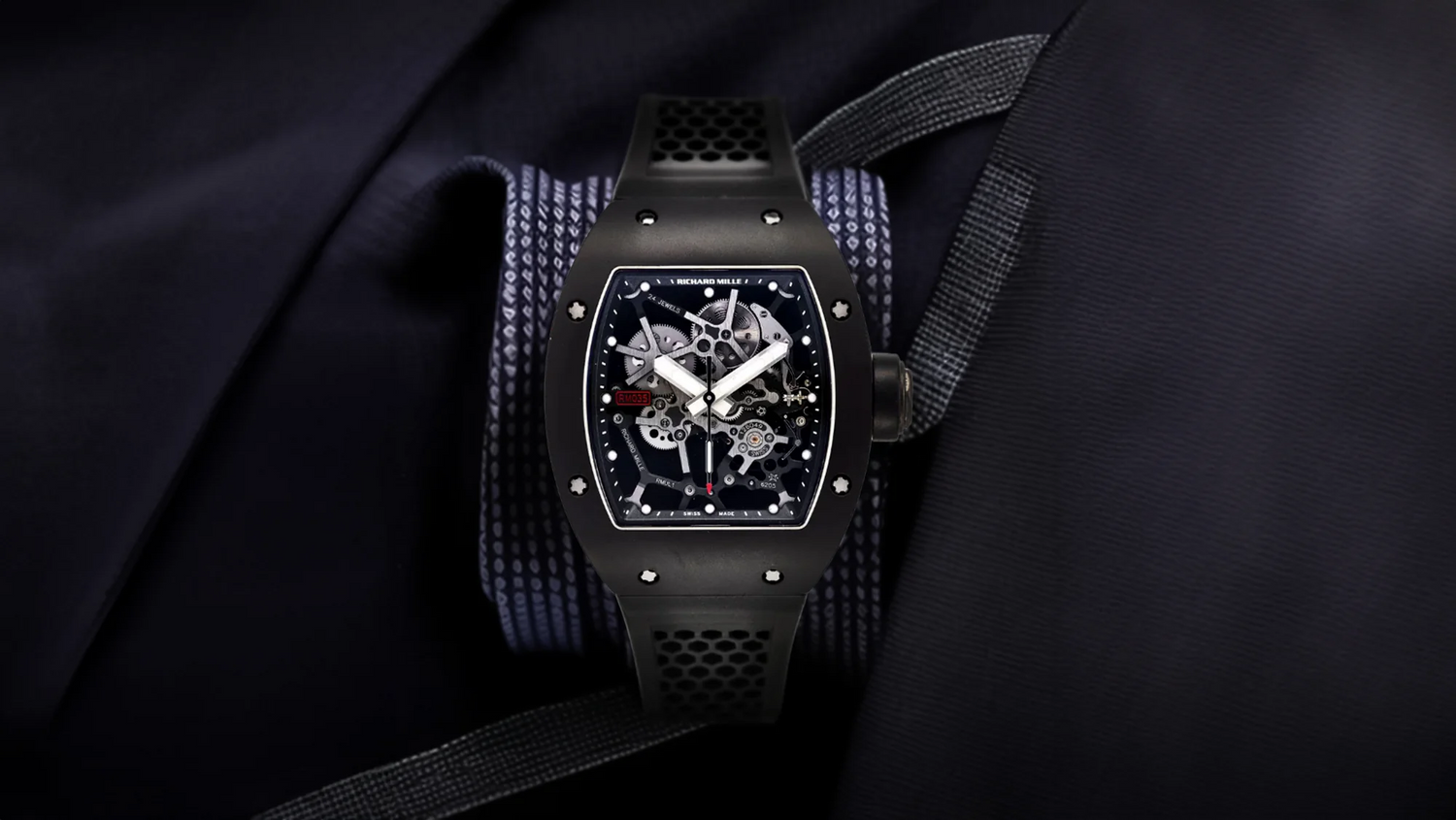If you've ever owned a Royal Oak or know someone who has, you're likely familiar with the distinctive bezel, precisely constructed and renowned for its iconic design. However, this aesthetic excellence comes with a drawback – the bezel tends to easily acquire scratches and nicks. While it's true that watches in any material can accumulate signs of wear, the Royal Oak bezel, celebrated for its well-defined, crisp finish since 1972, leaves no room for hiding even the slightest imperfection.
Preserving Geometric Integrity
Unlike many watches that gain a unique charm through wear and tear, the Royal Oak bezel is infamous for accentuating even the most minor dings, demanding a certain level of philosophical acceptance from those who wear it daily. Vintage AP collectors, for instance, quickly learn to be cautious about Royal Oak bezels altered by overly enthusiastic polishing, which can spoil their geometric integrity.
This is precisely why one of the latest iterations of the cherished Jumbo, updated for the Royal Oak's 50th anniversary with the new caliber 7121 (without any increase in thickness), features a bezel and caseback made from a material with a somewhat deceiving name: bulk metallic glass, or BMG.
Heart Of Glass, Harder Than Stone
The term "bulk metallic glass" may be perplexing, but its inventors didn't intend to mislead. Unlike most metal alloys, which typically have a crystal structure with repeating geometric units, the properties of an alloy are determined by factors such as the size, orientation, and strength of atomic and intermolecular bonds. Crystal size, a crucial aspect, is influenced by various factors, with the rate of alloy cooling being particularly significant.
Celestial Inspiration in Watchmaking
The process of rapid cooling tends to yield smaller crystals, a phenomenon essential in bestowing the katana, or Japanese sword, with its intricate metallurgical characteristics—an inspiration for a recent Grand Seiko release. Conversely, slower cooling results in larger crystals. A remarkable example of very slow and substantial crystal growth in watchmaking is observed in the enormous iron crystals formed during the gradual cooling of iron-nickel asteroids. This process, taking millions of years, is responsible for the Widmanstätten patterns seen on meteor watch dials. It's worth noting that other types of meteorites can also be utilized for crafting watch dials.
When an alloy undergoes rapid cooling, crystals do not have sufficient time to form, resulting in a material that is technically a glass. Such glasses possess an amorphous internal structure and generally exhibit high hardness, although it's worth noting that silica glass, such as that found in windows, is brittle and prone to shattering. In contrast, metallic glasses can boast exceptional hardness and significantly greater scratch resistance than traditional watch case alloys.
In recent times, various manufacturers have explored the use of bulk metallic glass (BMG) as a case material, finding applications beyond watchmaking. For the Only Watch 2021 event, Audemars Piguet presented the final classic 15202 Jumbo featuring the caliber 2121, housed in a case with a BMG bezel and caseback. This particular timepiece fetched a remarkable CHF 3.1 million at auction.
Despite the counterintuitive nature of metallic glass, it is indeed classified as a type of glass due to its internal crystal structure—or rather, its absence of a regular internal crystal structure.
MODERN WATCHMAKING PROBLEMS, MODERN WATCHMAKING SOLUTIONS
Wistful Nostalgia for the 2121
While I'll forever harbor a wish for the 2121 to still grace the Jumbo, the reality is that, despite its enduring excellence since 1967, this movement is now limited to a select few timepieces from AP and Vacheron, serving as the foundation for complications. As a relic from the past, the 2121, although a paragon of horological beauty and craftsmanship, faces challenges in production costs, servicing complexities, and the absence of a quickset date feature. History and excellence alone, while commendable, don't necessarily align with the demands of a modern movement.
A Glimpse of the Future
On a brighter note, the new reference is an enchanting timepiece. Audemars Piguet has unveiled alluring fumé dials for the 50th anniversary of the Royal Oak, with the yellow gold 16202BA.OO.1240BA.01, featuring a classic tapisserie pattern and an appealing yellow-black gradient. The fresh red gradient dial on the latest model is equally enchanting, holding its own against the offerings from the 2022 birthday celebration. It remains to be seen how AP might further harness BMG's technical properties. Although challenging to work with due to rapid cooling requirements, its structural and material characteristics make it an ideal choice to safeguard the impeccable geometry of one of watchmaking's everlasting designs.
The BMG and Titanium Marvel
The Royal Oak Jumbo in BMG and titanium features a 39mm x 81.5mm case with a BMG bezel and caseback. It has AR-coated sapphire on both sides, a smoked burgundy dial with 18k pink gold markers, and hands. The satin-finished titanium bracelet includes BMG studs and a titanium folding clasp. Powered by the caliber 7121 movement, it offers a 55-hour power reserve and runs in 33 jewels at 28,800 vph, with water resistance up to 50 meters.
Buy Audemars Piguet Royal Oak Pink Gold "Jumbo" Extra-Thin



